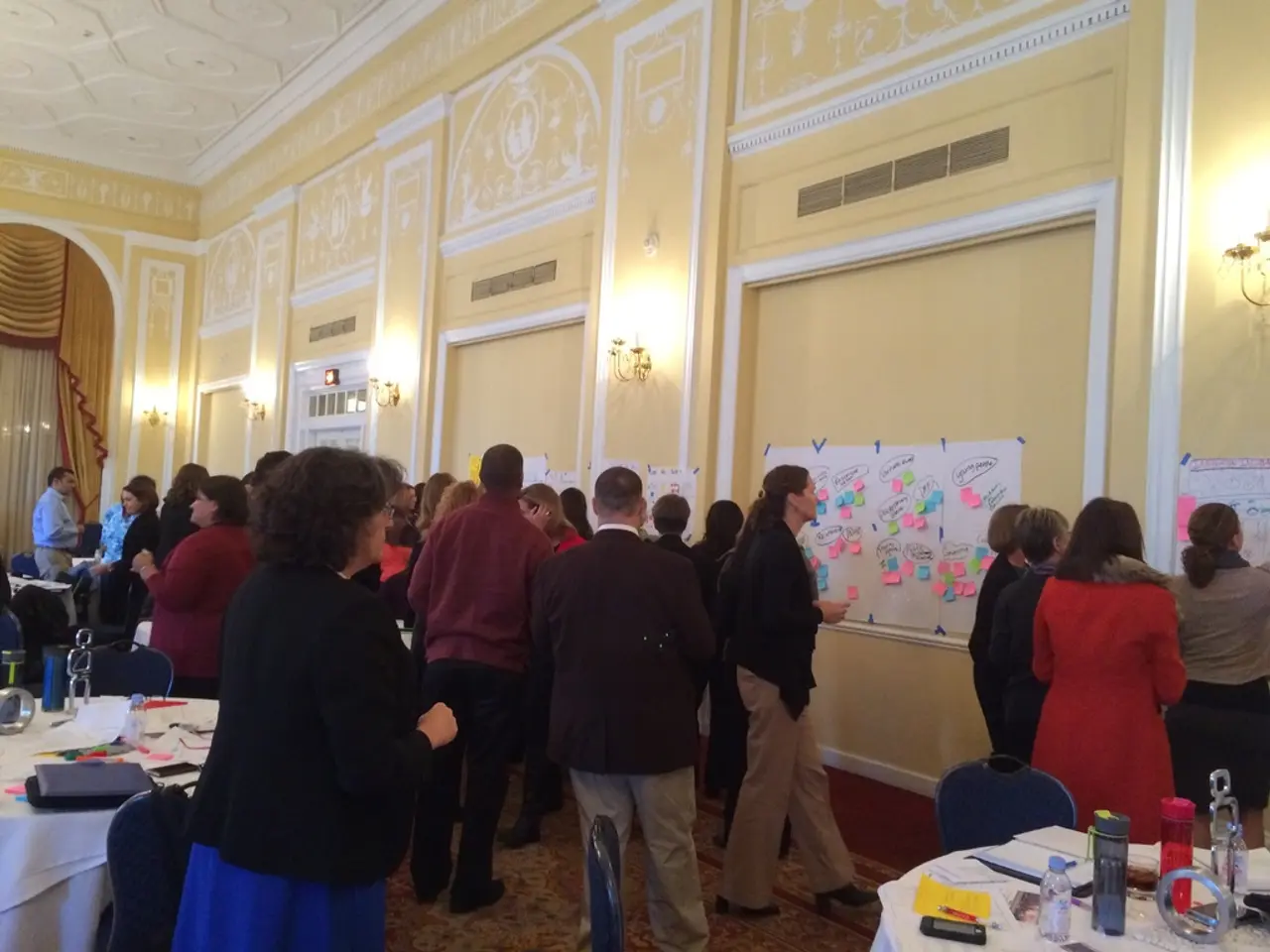Unraveling the Complexities in Weather Predictions: Insights into Inaccuracies and Mistranslations
In the realm of meteorology, advancements in science and technology are reshaping the future of weather forecasting. Dr. Hosking, a renowned figure from the Alan Turing Institute, acknowledges the potential of artificial intelligence (AI) to generate predictions with greater immediacy and accuracy.
However, the public's perception of weather forecasting accuracy is influenced by various factors. Biases in forecasting, the way forecast uncertainty is communicated, users' familiarity with probabilistic forecasts, and cognitive biases such as motivated reasoning all play a role. Meteorologists' personal tendencies to over- or under-predict certain weather elements and limitations in observational data and models also affect forecast reliability and public confidence.
From a scientific and technological perspective, meteorology, chaos theory, and AI critically shape the future of weather forecasting. Enhanced observations, ensemble forecasting, and improved models provide better accuracy. However, weather patterns are inherently complex and variable, which keeps forecasting a predictive science with some uncertainty.
The atmosphere is a chaotic system, where small differences in initial conditions can cause widely diverging outcomes, a phenomenon known as the "butterfly effect." This limits long-term forecast accuracy but has inspired ensemble modeling and probabilistic approaches to better represent uncertainty and improve short-term predictions.
AI and machine learning aid in weather forecasting by extracting patterns from vast data, addressing data scarcity, and refining forecast models. The integration of AI is expected to enhance prediction accuracy and computational efficiency, enabling improved services despite challenges posed by global warming and increasingly extreme weather. AI techniques inspired by chaos theory concepts also help manage the sensitivity of models to initial conditions, improving reliability in complex systems.
One notable example of AI's potential in weather forecasting is the AI-driven Aardvark Weather system, which has shown promise for delivering quick, localized forecasts with less computational strain.
The ultimate goal in weather forecasting is to generate forecasts that are accurate, easily digestible, and relevant for the public. This may involve evolving forecasts to communicate the real-life impacts of weather patterns, rather than just the data. Meteorologists use ensemble forecasting methods, testing multiple models against each other, to clarify uncertainties in weather predictions.
Recent developments in technology have also seen the Met Office transitioning to a cloud-based supercomputer to enhance the accuracy of its weather models. Despite these advancements, it's important to remember that weather forecasting remains a complex science that is rigorously tested and judged by the public.
In conclusion, public perception is shaped by forecast biases, communication, and user familiarity, while the field progresses through advances in observational capability, chaos-informed probabilistic modeling, and AI-enhanced data analysis. This combination supports more accurate and user-tailored forecasts amid increasing climatic challenges.
- Despite advancements in environmental science, specifically artificial intelligence (AI) and machine learning in weather forecasting, the public's perception of accuracy is affected by various factors such as biases in forecasting, communication uncertainties, cognitive biases, and personal tendencies of meteorologists.
- The integration of AI and chaos theory in weather forecasting is expected to enhance prediction accuracy and computational efficiency, providing better services while tackling the challenges posed by climate change and increasingly extreme weather conditions.








